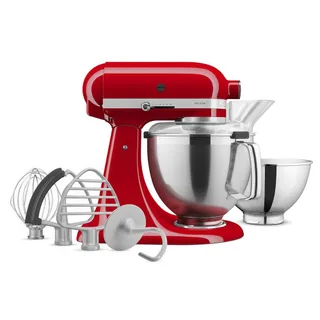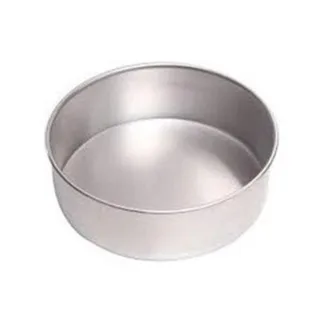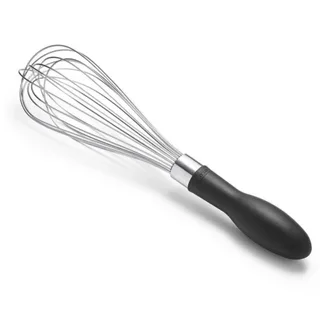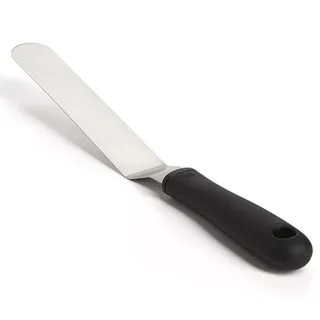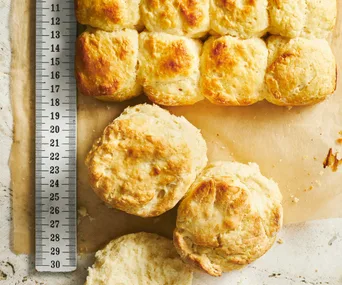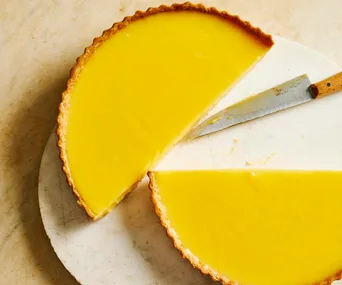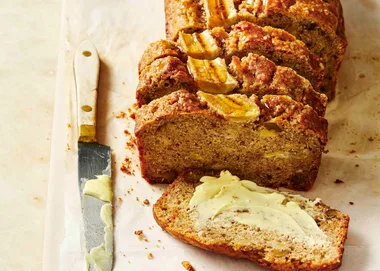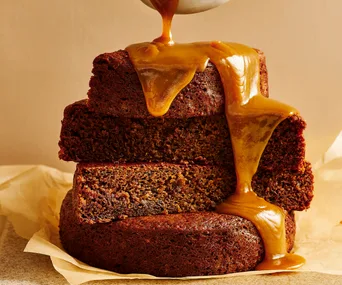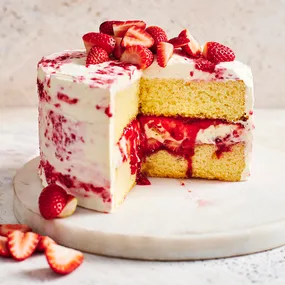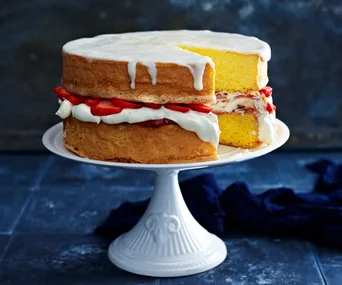Of the hundreds of sponge cake recipes created in the Test Kitchen over the years, this heirloom recipe from the family of Cathie Lonnie, one of our past chefs, remains after two decades our best ever version.
You’ll need these…
Ingredients
Method
Preheat oven to 200°C. Grease two deep 20cm round cake pans. Dust pans with the extra cornflour; turn pans to coat evenly. Shake out excess flour.
Beat eggs and caster sugar with an electric mixer for 7 minutes or until thick and creamy. To test when the mixture is thick and creamy, turn off the mixer then lift the beaters; the mixture should form thick ribbons. (if you are using hand-held electric beaters, use a small bowl for beating the eggs and sugar, then transfer to a large bowl to stir in the dry ingredients).
Sift cornflour, custard powder, cream of tartar and bicarb twice onto a piece of baking paper. Sift flour mixture a third time evenly over egg mixture. Using a balloon whisk or large metal spoon, quickly and lightly fold flour mixture through egg mixture until combined. Pour mixture evenly between pans; tilt pans to spread mixture to the edge.
Bake sponge cakes for 20 minutes or until they spring back when pressed lightly in the centre. Turn immediately onto wire racks covered with baking paper. Cool.
Beat cream and icing sugar with electric mixer to soft peaks.
To assemble, place one cake on a serving plate; spread with 2 tbsp jam top with sliced strawberries then one-third of the whipped-cream. Spread second cake with 2 tbsp jam then place, jam-side down, onto filling.
Cover top and side of sponge cake with remaining whipped cream. Dot with remaining jam (you may need to warm and cool it first); using a palette knife, smooth the surface, blending jam and cream. Decorate with extra halved strawberries.

Pamela’s tip
At the beginning of the 1990s I had the good sense to employ a talented chef called Cathie Lonnie, a country girl who could bake. This is her mum Wendy’s recipe. I make it all the time, it’s easy, the mixer does most of the work, it’s also quite forgiving for
Pamela Clark is the former editorial director of the Women’s Weekly cookbooks. She was a pivotal member of the Test Kitchen for 50 years.
the beginner baker.
How to make a sponge cake (video)
Sponge cake recipe tips
How to triple sift flour
The Test Kitchen recommends triple sifting flour when making a sponge as this is one of the ways to ensure the cake rises well and has that lovely light and airy texture when eaten.
The flour should be triple sifted and, using a large wire whisk, gently fold it in batches into the mixture, in a circular motion to prevent the air bubbles deflating and the sponge becoming flat and tough.
Mixing the egg and sugar
From Pamela Clark: “We use a small bowl for beating the eggs. If you have a stand-alone mixer that only has a large bowl, it will give you a great result using the whisk attachment.”
“To check if the egg/sugar mixture is thick enough and the sugar dissolved, rub a little of the mix between your fingers. You’ll quickly feel if there are still grains of sugar. In this case, beat the mix some more. The mix should look thick and creamy. Turn the motor off, lift the beater/s and the mix should fall from it/them in thick ribbons – then you’re ready to proceed to the trickiest part of the recipe.”
How to fold in the flour
From Pamela Clark: “Folding in the flour can make or break a sponge. You need a light touch; practice so you get to know what the mixture should look and feel like. Fold in the ingredients with a utensil you feel comfortable with. Try a whisk, plastic spatula, large slotted metal spoon or (my favourite) your hand.”
“Use one hand only (use the other to hold the bowl steady), spread your fingers out, tucking your thumb against the side of your hand. Use your fingers like a rake, pull your hand through the mixture several times, from the bottom of the bowl through to the top of the mixture, until the flour and liquid have been absorbed. Do this quickly to prevent it deflating.”
Can sponge cake be frozen?
This sponge cake recipe is best made on the day of serving. Unfilled sponges can be frozen for up to one month.
What pan is best for a sponge cake?
Aluminium cake pans are the best to use for sponge cakes as they conduct the heat.
From Pamela Clark: “Thanks to Dom Reddie’s (a former home economist in the Test Kitchen) patience and many sponge cakes later, we’ve found that the best sponges are baked in buttered aluminium pans. Pans made from other metals conduct the heat way too fast for the delicate sponge mixture. If you’re nervous about the sponge sticking to the pan, then flour the buttered pan if you must.”
If using a black coated pan, reduce the oven temperature by 10C as the dark surface absorbs the heat and can cause the crust to burn. Before baking, tap the sponge on the base of the pan with your fingers to remove large air pockets.
This recipe was refreshed with a new image and different style of icing in 2024.

